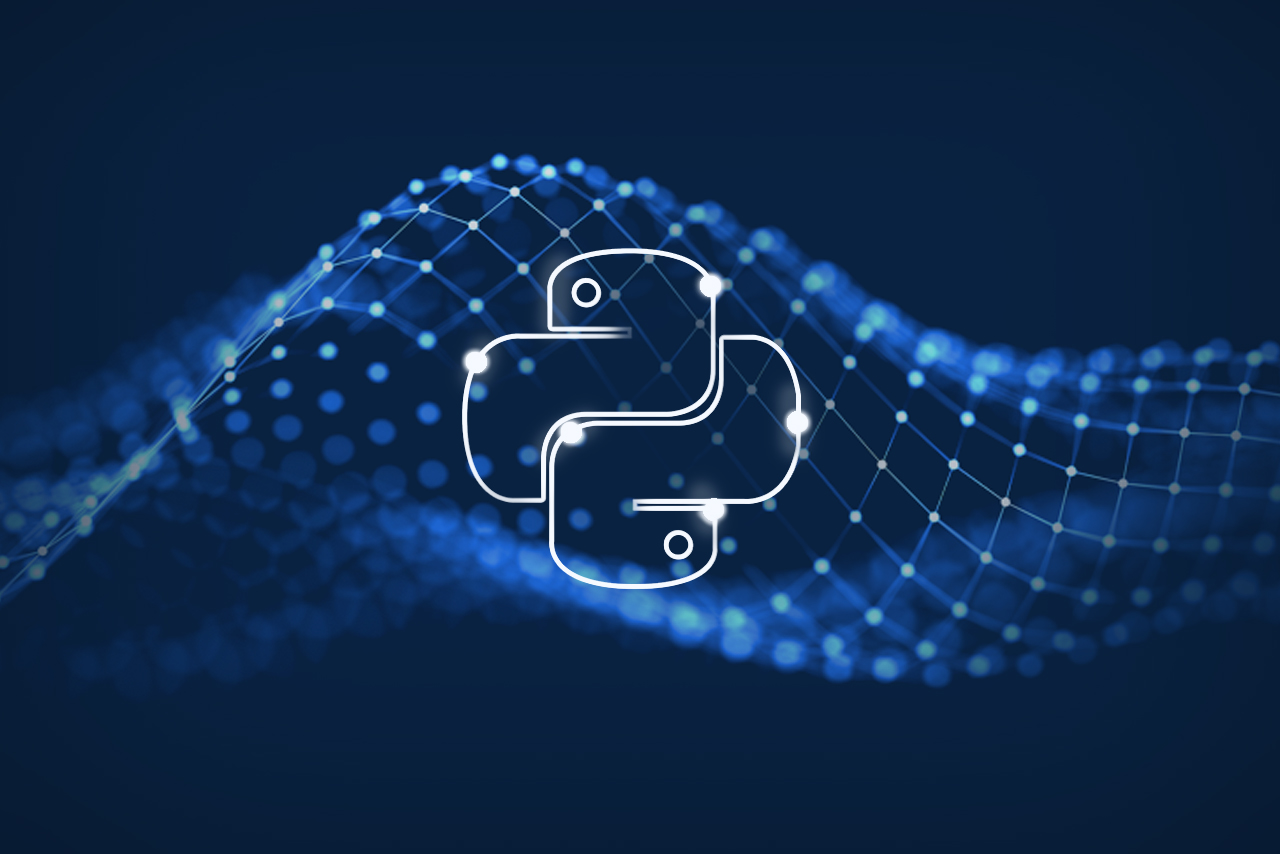يتناول المقياس أربع محاور نعرضها فيما يلي:
-1 مفهوم علوم الهندسة.
-2 مجالات الإلكترونيات، الاتصالات، الهندسة الطبية الحيوية، الهندسة الكهربائية، الهندسة الكهروميكانيكية، البصريات، والميكانيكا الدقيقة
3- مسارات الأتمتة والهندسة الصناعية
4- مجالات هندسة العمليات، الهيدروكربونات والصناعات البتروكيميائية- المعلم: bekkar dhaouia

Introduction to Using Libraries in Python
Python is a versatile programming language known for its simplicity and readability. One of its most powerful features is the extensive collection of libraries, which are pre-written modules and packages that provide tools and functionalities to simplify coding tasks. By using libraries, developers can leverage existing code to perform complex operations efficiently, ranging from mathematical computations to data visualization and machine learning.
Objectives of Using Libraries in Python
Code Reusability: Libraries allow developers to use pre-built functions and classes, reducing the need to write code from scratch.
Efficiency and Productivity: By utilizing specialized libraries, tasks like handling data, building machine learning models, or visualizing results can be executed with fewer lines of code.
Error Reduction: Libraries are developed and maintained by experts, ensuring reliability and reducing the likelihood of bugs in commonly used functions.
Community and Support: Python libraries are often open-source, with a vast community providing documentation, tutorials, and forums for support.
Scalability: Libraries like NumPy, Pandas, and TensorFlow are optimized for performance and can handle large-scale data efficiently, making Python suitable for both small-scale tasks and enterprise-level applications.
Using libraries not only speeds up development but also empowers programmers to focus on solving problems rather than reinventing the wheel. Whether working on data analysis, web development, or scientific research, Python libraries provide the tools needed to bring ideas to life.
- المعلم: Abdelmalek ATIA
